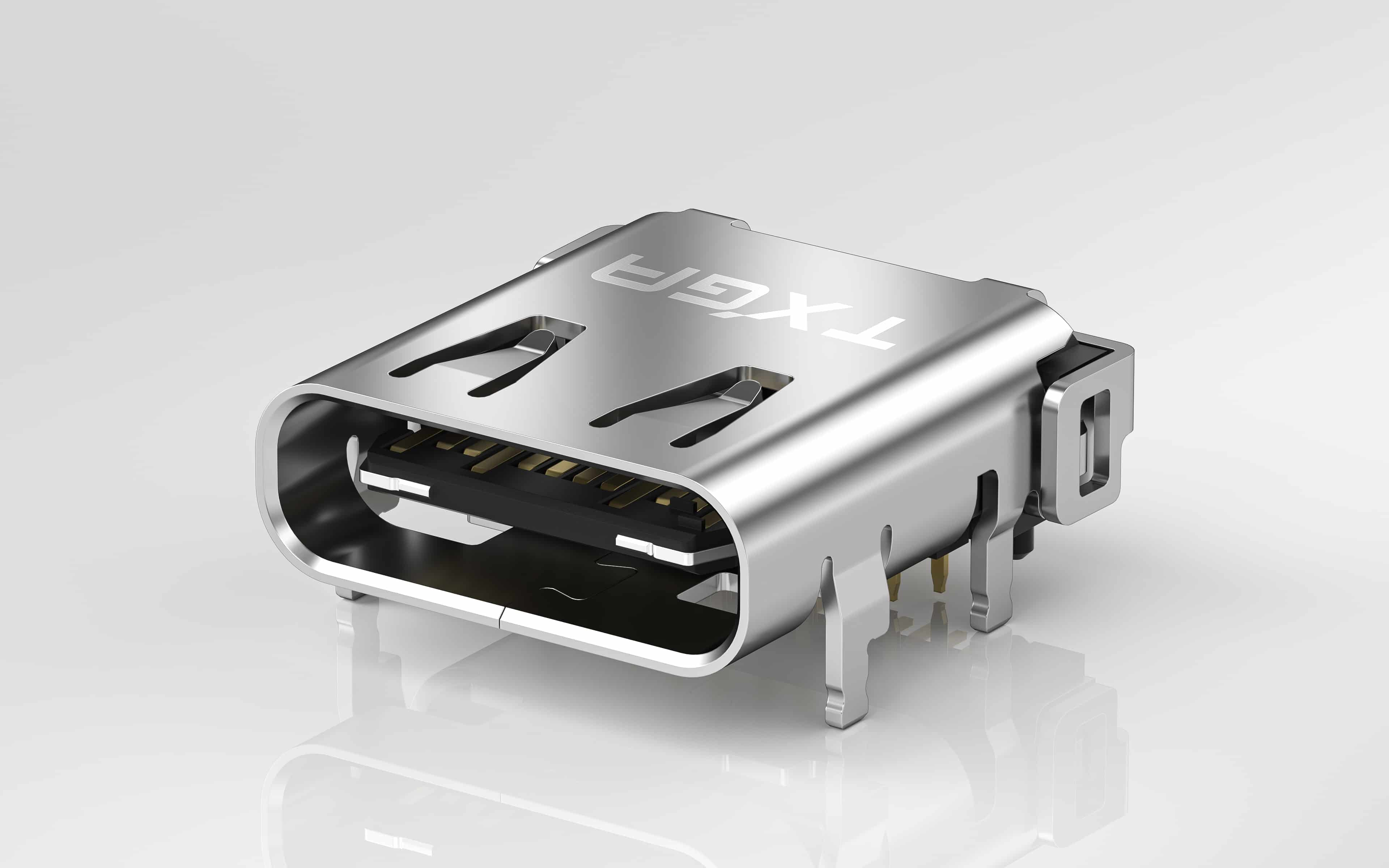USB, The full name is Universal Serial Bus, also known as Universal Serial Bus. As a data and current interface in modern electronic devices, its importance is self-evident. With the rapid progress of the electronics industry, USB interfaces have evolved into various forms to meet the diverse needs of our production and daily life.
1 USB Type A:
This is the most well-known interface type, widely used in fields such as personal computers and consumer electronics, and has almost become synonymous with USB interfaces.
2 USB Type B:
This type of interface typically appears on 3.5-inch portable hard drives, printers, monitors, and other devices, providing a stable data transmission channel for these devices.
3 Mini-USB:
As a relatively compact interface, Mini USB is commonly used on mobile devices such as digital cameras, digital camcorders, measuring instruments, and some portable hard drives, facilitating the connection and data transmission of these devices.
4 Micro USB:
As a portable version of the USB 2.0 standard, Micro USB is more compact than Mini USB. Once upon a time, almost all of our phones used this interface for charging and data transmission.
5 USB Type C:
Featuring a slim design, extremely high transmission speed (up to 10Gbps), and powerful power transmission capability (up to 100W). More importantly, it supports double-sided plugging, greatly facilitating users' use. Nowadays, USB Type C has become the trendy choice for electronic device interfaces.
